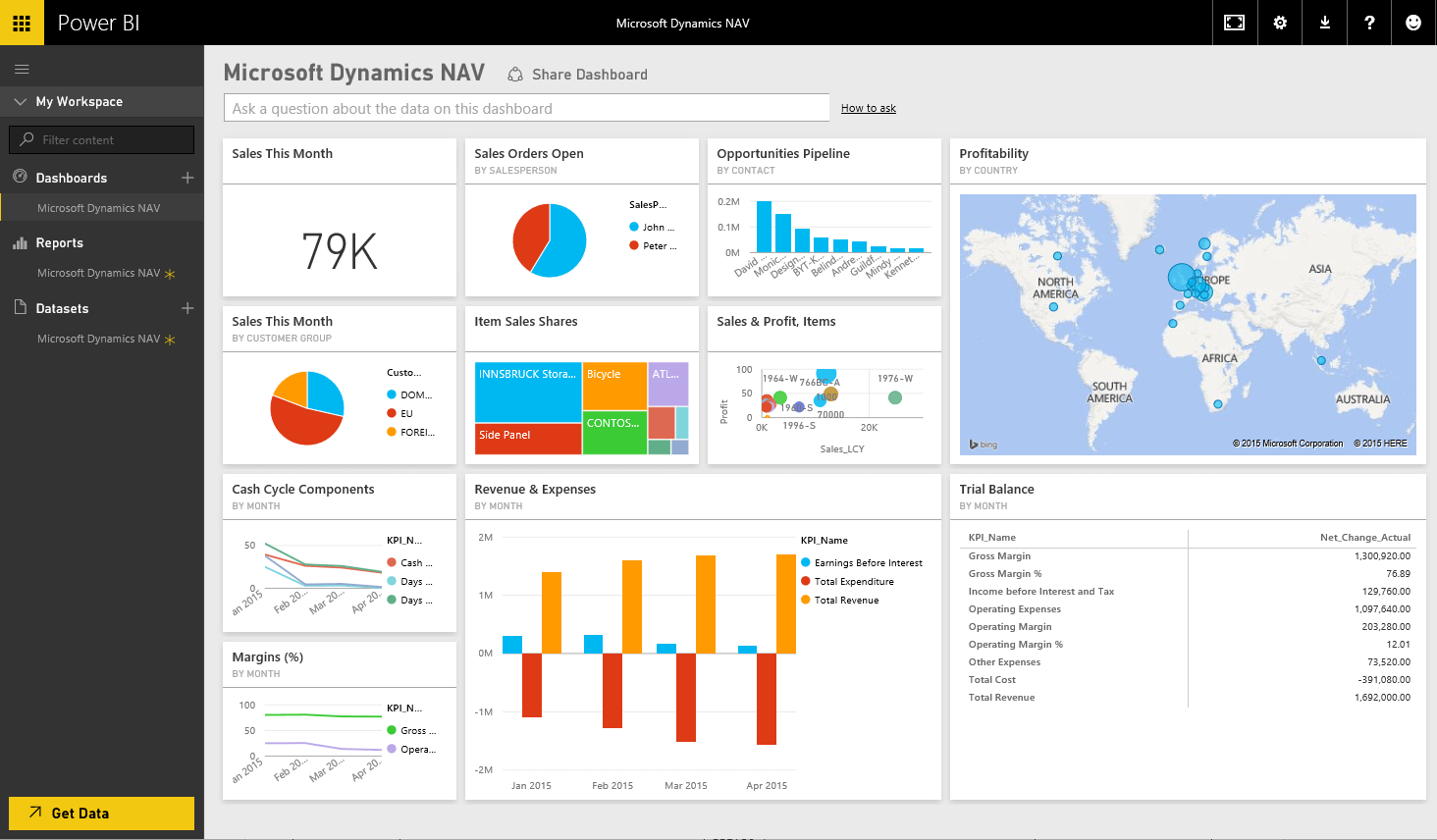
Relatively Smaller Community and EcosystemĬompared to some other widely adopted BI tools like Tableau or Power BI, Metabase has a relatively smaller community and ecosystem. However, for small to mid-sized businesses or teams looking for a user-friendly BI tool, Metabase can still serve as a valuable solution. Organizations with complex data governance requirements, advanced security needs, or intricate scalability demands may find that Metabase falls short in addressing those specific requirements. Metabase, as an open data source BI tool, may not offer the same level of enterprise-level features and capabilities as some commercial solutions. However, for most standard data visualization needs, Metabase offers a sufficient range of charts and graphs. Users who require intricate visual representations or complex chart types may find the capabilities of Metabase somewhat limited. While Metabase provides a solid foundation for data exploration and basic visualizations, it may lack some of the advanced visualization options offered by other BI tools. Limitations of Metabase Limited Advanced Visualization Options The ability to connect to diverse databases empowers end business users to work with the data they have, regardless of its location or format.

This flexibility in database compatibility enables organizations to connect and analyze data from multiple sources, creating a unified view of their information.

Metabase offers seamless integration with a wide range of databases, including popular ones like MySQL, PostgreSQL, and MongoDB, as well as cloud-based platforms like Google BigQuery and Amazon Redshift. Seamless Integration with Various Databases Natural language querying eliminates the need to write SQL queries or have coding knowledge, making data exploration more accessible and efficient. This feature enables non-technical users to ask questions in a conversational manner and receive instant responses in the form of visualizations or tables. Metabase incorporates natural language querying, allowing users to interact with their data using plain English sentences. Moreover, the active open-source community surrounding Metabase contributes to continuous improvements and the development of new features, ensuring that users have access to a dynamic and evolving tool. This open-source nature makes it an attractive choice for data teams with limited budgets, as it eliminates the need for expensive licensing fees. Metabase is an open-source BI tool, which means it is freely available to download, use, and modify. Open-Source Nature and Cost-Effectiveness Metabase’s intuitive interface, drag-and-drop functionality, and visual query builder make it accessible to users at all skill levels, eliminating the need for extensive technical training.

The tool focuses on providing a user-friendly experience, allowing users to create queries, build interactive dashboards, and generate reports with minimal effort. One of Metabase’s greatest strengths is its simplicity and ease of use. Advantages of Metabase Ease of Use and User-Friendly Interface The data visualization tool supports a variety of data sources, including SQL databases, CSV files, and cloud-based solutions, making it versatile and compatible with different data environments. With its intuitive interface, even non-technical users can easily navigate and derive insights from complex datasets. Metabase offers a range of key features and functionalities that enable users to explore and visualize data effectively. It has quickly gained traction among businesses of all sizes, thanks to its user-friendly interface and powerful features. Metabase, a popular Business Intelligence tool, has gained recognition for its ability to help organizations unlock valuable insights from their data.įounded in 2015, Metabase was developed with a mission to make data analysis accessible to all users, regardless of their technical expertise. Metabase: Empowering Online Analytic Processes with Intuitive Data Exploration and Visualization.


 0 kommentar(er)
0 kommentar(er)
